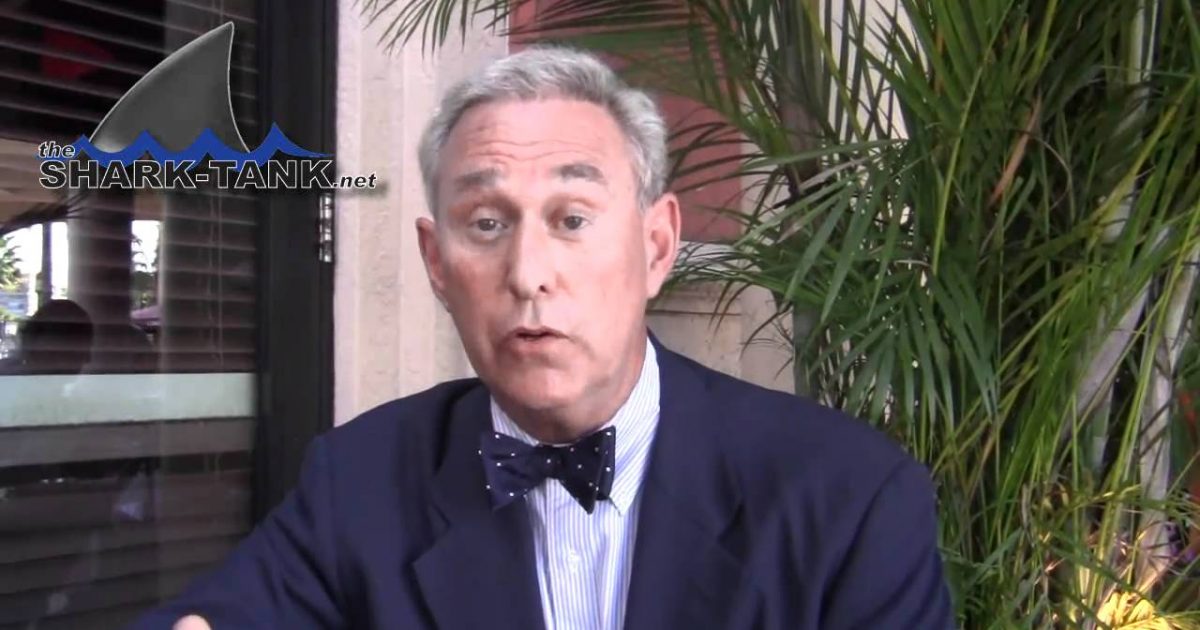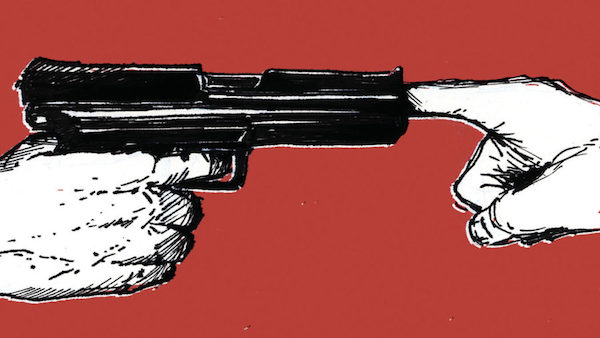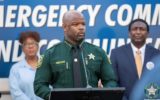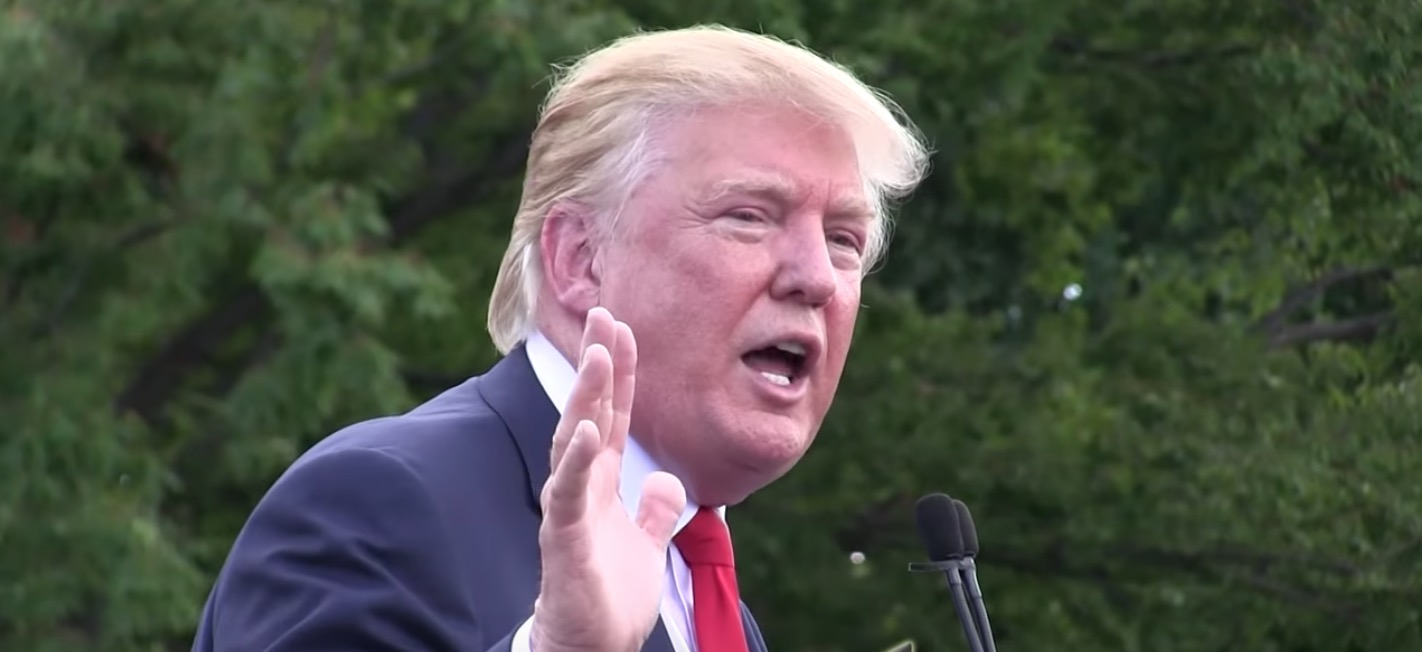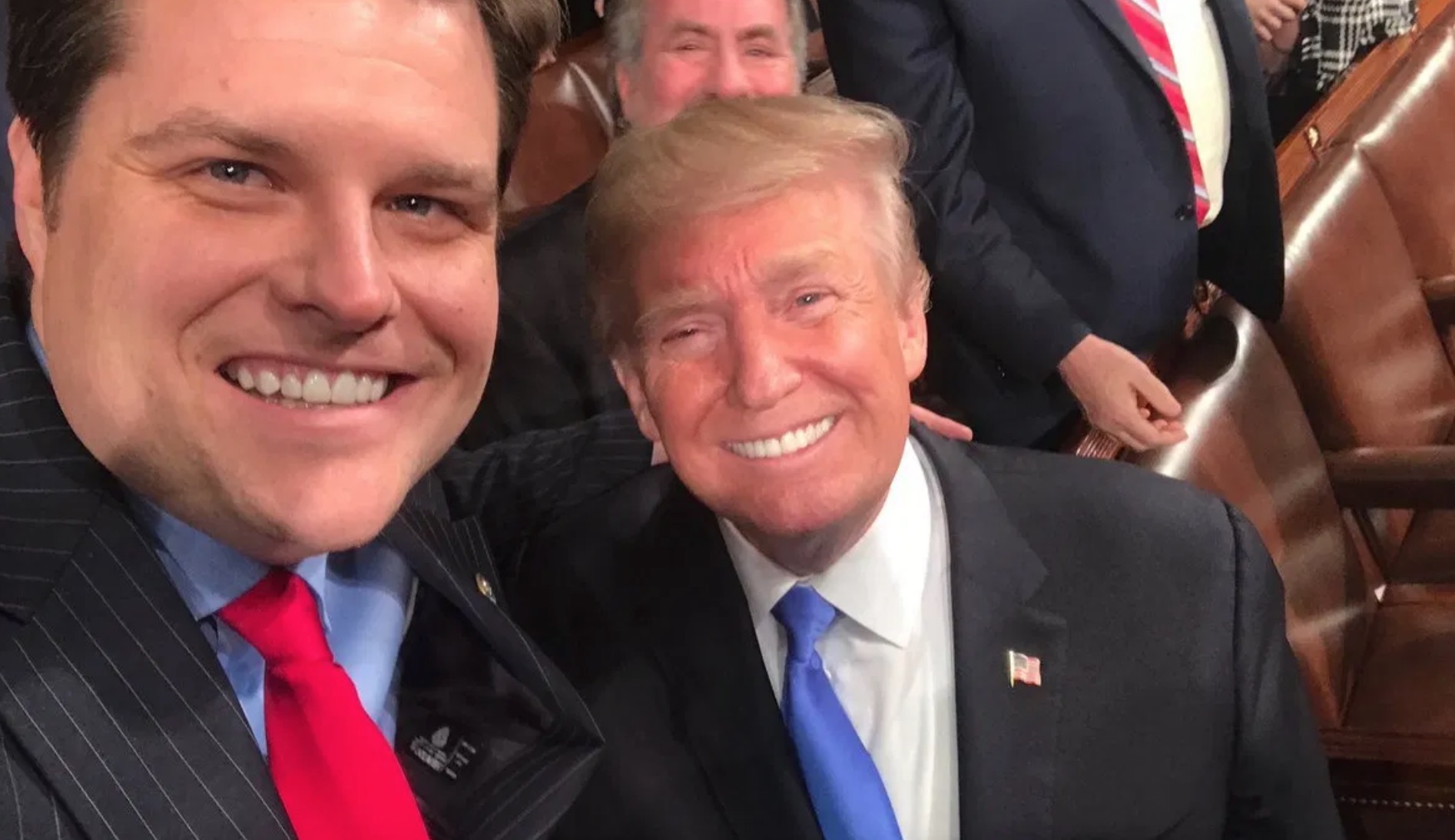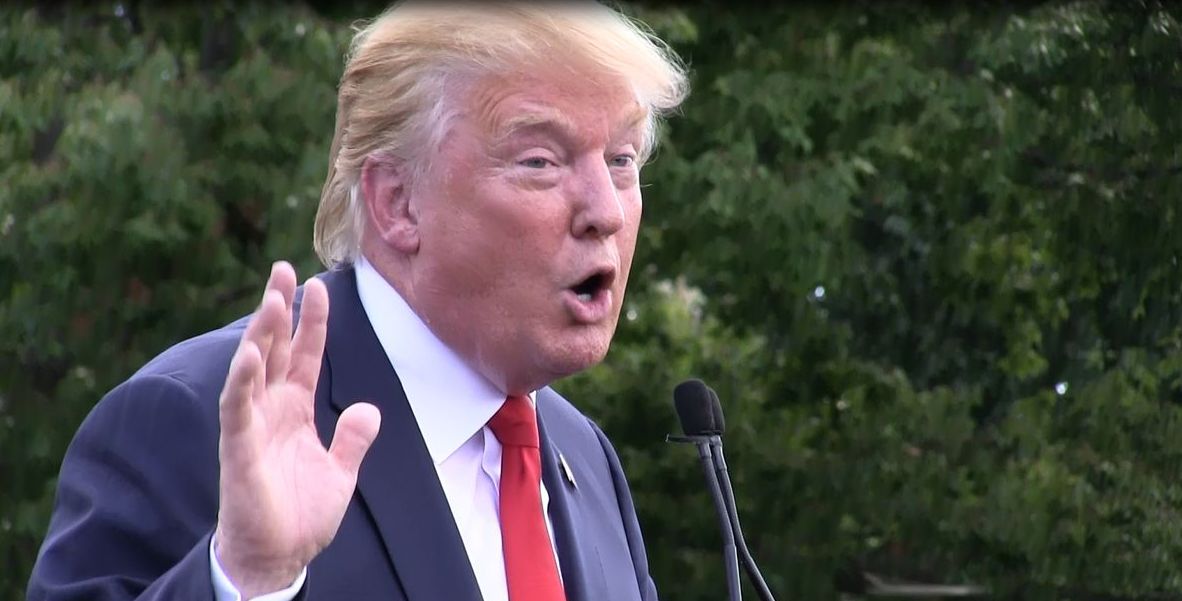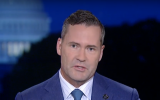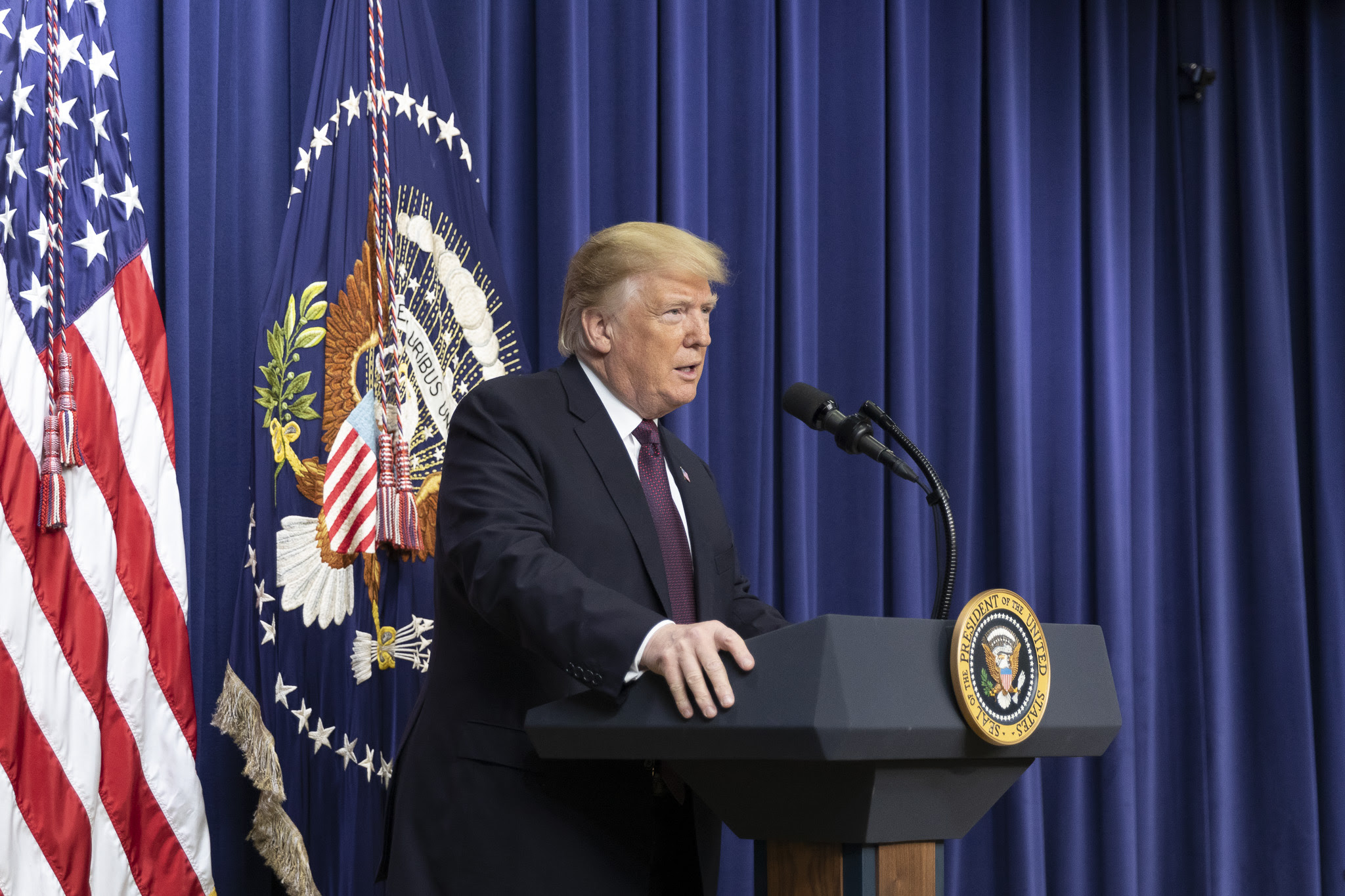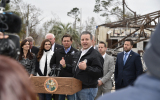By Roger Stone Jr.
On the eve of the 40th Anniversary of the resignation of President Nixon over the scandal known as Watergate, the American public still does not know who ordered the Watergate break-in, what the burglars were looking for and why.In fact, the mainstream media’s narrative of Watergate is a grotesque and fantastic distortion of historical fact. No one has sought to control this narrative more than former White House Counsel John Dean. Through his own books, interviews, paid speeches, lawsuits and litigation, Dean has spun the myth that he was a naïve and ambitious young man sucked into the Watergate cover-up by the sinister Nixon and his men.
Now, Dean comes to the fore again with a new book The Nixon Defense – What the President Knew and When he Knew it, in which he seeks to write the “authoritative” narrative of Nixon and Watergate. Dean claims his book is based on 1000 hours of tapes that only he has had transcribed. Missing from the New York Times review of the book by Robert Dallek is the fact that Dean refuses to submit these transcripts for independent review. Although Dean states his goal to “reconstruct the full history of the scandal,” his book is anything but the full or complete story.
Do you think the 2nd Amendment will be destroyed by the Biden Administration?(2)
Truncated or entirely missing are recordings of Dean and Nixon for March 13, 16, 17 and 20th, yet every one of these conversations relates to the Watergate cover-up. “In assembling this story,” Dean writes, “I have not, except in a few instances, recounted my own involvement.” Indeed, Dean has airbrushed himself out of the picture although these tapes clearly show him coaxing Nixon into the cover-up and coaching the president on the talking points for their planned lies. What kind of lawyer urges his client to commit crimes? What did he mean when he closed the call of March 16 by telling Nixon “We will win?” You can hear these tapes and read the transcripts here:http://www.nixontapes.org/watergate.html
By cropping the recordings of March 13-17, Dean has actually obscured what the president knew and when he knew it. The one-week gap also effectively hides Dean’s true role and omits a number of exculpatory statements Nixon made which he could have used in his defense.
In the tapes that he mischaracterizes or completely excludes, Dean tells Nixon for the first time on March 13 that the Watergate break-in is connected to the White House through White House Chief of Staff Bob Haldeman’s aide Gordon Strachan, who is receiving transcripts of the Watergate bugs. This means Dean hid the fact of White House involvement from Nixon for nine months. Even during the Senate committee hearings investigating Watergate in the months to come, Mr. Dean would falsely testify that there had been no prior White House knowledge of the break-in.On the 16th Dean and Nixon discuss putting out a false statement, “The Dean Report,” to cover up White House involvement. On the 17th Dean explains his discovery that Nixon aide John Ehrlichman had used CREEP Lawyer Gordon Liddy for the break-in at the office of Daniel Ellsberg’s psychiatrist and that the arrest of Liddy would eventually lead the investigation to Ehrlichman. Dean also tells Nixon that beyond Strachan more people in the White House are “vulnerable,” including Haldeman, Ehrlichman, Mitchell, Colson and even himself, since “I have been all over this thing like a blanket” long before his “Cancer on the President” speech of the March 21 tape.
On the March 20th tape, Dean and White House aide Richard Moore meet with Nixon in the oval office to compose that phony statement.
In the meeting on March 21, 1973, in which Dean informs Nixon that there is “a cancer on the presidency,” the president concludes a discussion about granting clemency to the burglars by saying: “No, it’s wrong, that’s for sure.” Dean excises this quote.
Ironically, this is not the first time there has been controversy over these tapes. In 2009, the New York Times reported that historian Stanley Kutler, an admitted friend of Dean’s, took two taped conversations on March 16th between Nixon and Dean that were eight hours apart, reversed their order and combined them into one transcript in his book Abuse of Power, the definitive work on the White House tapes at that time. Kutler also left out critical Nixon/Dean conversation material from March 13, 17, and 20. All of these conversations, coincidentally or not, were devastating to Dean. They show that Dean was one of the original planners of the “intelligence operation” that led to the break-in, and that he hired Liddy in part because of Liddy’s successful break-in at the office of Daniel Ellsberg’s psychiatrist.
Why should we believe Dean now? When confronted under oath with discrepancies between his sworn testimony and his book Blind Ambition, Dean claimed that his ghost writer Taylor Branch “made up” key parts of his book “out of whole cloth”. Earlier he blamed his editor, the well-respected Alice Mayhew.Yet Mayhew said “I never told John Dean what to put in his book, that’s a lie, L-I-E. I, would never have been party to-and if John Dean wants to say that Alice Mayhew and Taylor Branch, ah, are parties to such dishonest behavior … He’s got serious problems period.”
In fact, we now know that it was Dean who ordered Liddy to produce the Gemstone plan that included the Watergate break-in, had the Watergate cased six weeks before the first break-in, was the self-described “case officer for the cover up,” pressured the CIA to pay for bail for the Watergate burglars, and arranged for and ordered the payment of hush money for the Watergate burglars. Dean admitted that he began the cover-up shortly after the 1972 election by creating a falsified report which concluded that the White House had nothing to do with the break-in.. Dean, in his own words, admitted to the president that he was involved in “an obstruction of justice.”
John Dean can only supply the full story of the Watergate break-in and cover-up by releasing the transcripts of all of his conversations with Nixon on March 13, 16, 17 and 20. I challenge him to do so. These will prove Dean was a progenitor of the cover-up who sought immunity and a plea bargain only when he saw the cover-up he was running would not hold.
Roger Stone’s book title “Nixon’s Secrets” can be purchased here.


